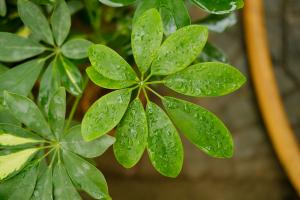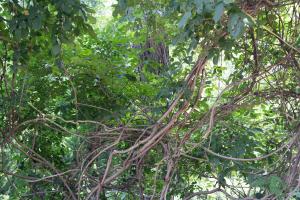1、 Soil
Artichoke is suitable for growing in loose, fertile and well drained cohesive soil. During the breeding period, some rotten leaf soil can be added, and some base fertilizer can be mixed and prepared in its nutrient soil
2、 Illumination
It likes light, and full light is more conducive to its growth. It is suitable for planting in an open and bright place with sufficient light and good ventilation
3、 Temperature
It is suitable for breeding in places with warm winter and cool summer. The most suitable growth temperature is 13-17 ℃. If it is lower than 4 ℃, it will stop growing. When it is hot in summer, cooling measures need to be taken to avoid affecting its normal growth. Keep warm in winter to prevent it from stopping growing
4、 Watering
It is afraid of drought, but it is not resistant to waterlogging. When watering, it must control the amount of water, and there can be no ponding to prevent root rot. In the bud formation stage, the water consumption is relatively large, and the amount of watering needs to be increased. In summer, spring and autumn, it is generally OK to water once every 2-3 days, and about 5 days in winter
5、 Fertilization
It consumes a lot of nutrients during its growth period, so it needs to be fertilized and supplemented with nutrients. Generally, it can be fertilized once a month. Fertilizer can be nitrogen, phosphorus and potassium compound fertilizer or farm fertilizer. After fertilization, it needs to be watered immediately, mainly to dilute the fertilizer and avoid fertilizer damage

 jackfruit
jackfruit snake plant
snake plant hibiscus
hibiscus hydrangea
hydrangea lavender
lavender Green roses climb al...
Green roses climb al... If you don't pay att...
If you don't pay att... Management of four g...
Management of four g...
































